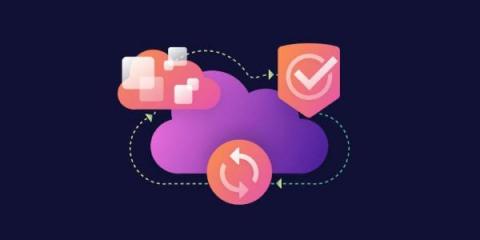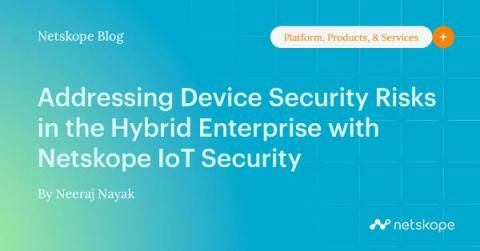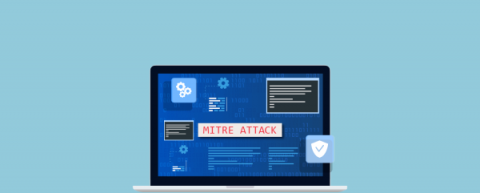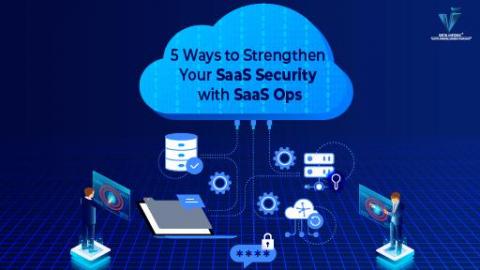Security | Threat Detection | Cyberattacks | DevSecOps | Compliance
Technology
Secure Cloud-native Development: The Top Five Security Pitfalls and How to Avoid Them
The reason organizations are embracing cloud-native development is clear: AWS reports those who migrated saw an average of 20% infrastructure cost savings and 66% increase in administrator productivity. Moving your development process to the cloud offers these benefits and many others, but it also offers a whole new set of security challenges. This series is aimed at helping developers create secure infrastructure for modern, cloud-native applications.
How to Mitigate Risks When Your Data is Scattered Across Clouds
Cloud applications have opened up limitless opportunities for most organizations. They make it easier for people to collaborate and stay productive, and require a lot less maintenance to deploy, which means they’re much more affordable and easy to scale to your needs. But for all of their benefits, cloud apps also open up your organization to a host of new risks. By enabling users anywhere access to corporate resources you lose the visibility and control that perimeter-based tools provide.
How Your Healthcare Organization Can Achieve Cloud Cybersecurity and Compliance
Why developers hold the key to cloud security
In the days of on-prem data centers and early cloud adoption, the roles of application developers, infrastructure operations, and security were largely siloed. In the cloud, this division of labor increases the time-to-market for innovation, reduces productivity, and invites unnecessary risk.
Addressing Device Security Risks in the Hybrid Enterprise with Netskope IoT Security
Internet-connected devices (also known as “the internet of things”) are a key business enabler for modern enterprises focused on transforming their businesses and gaining competitive advantage through automation and intelligent decision-making. According to IDC, there will be over 55.7 billion connected IoT devices (or “things”) by 2025, generating almost 80B zettabytes (ZB) of data.
How to Use MITRE ATT&CK to Mitigate API & Other Attacks?
With a threat landscape expanding at an accelerated pace, it is next to impossible for any organization to even keep track of and monitor the volume, frequency, complexity, and breadth of the attack techniques and tactics out there. But to effectively tackle threats and protect mission-critical assets, the knowledge of these common attack techniques, tactics, detection, and mitigation is critical. This is where MITRE ATT&CK is especially useful.
Strengthen Your SaaS Security with SaaS Ops
Many organizations have multi-cloud setups, with the average corporation employing services from at least five cloud providers. Compatibility problems, contract breaches, non-secured APIs, and misconfigurations are among the security hazards cloud computing brings, which is popular. SaaS configurations are an attractive target for cybercriminals because they store a large amount of sensitive data, such as payment card details and personal information.
How To Secure Your Files for Back to School? Cybersecurity Tips for Students
While online learning provides many positive opportunities for learners and teachers alike, it is more important than ever to strengthen cybersecurity defenses to deal with new and emerging attacks. As school is back in session, now is a good time to double-check that you’re doing everything necessary to keep your data (and your homework) secure online.
Move On Up: Applying Zero Trust Design to the Office
Moving to a new home is listed as one of the main stressors in life. When organizations switch offices to accommodate business needs, moving can also be a major stressor for IT teams — but it doesn’t need to be. Not too long ago we moved our Boston office to a new location, one of our major engineering hubs, where many of our engineers and IT members work.











